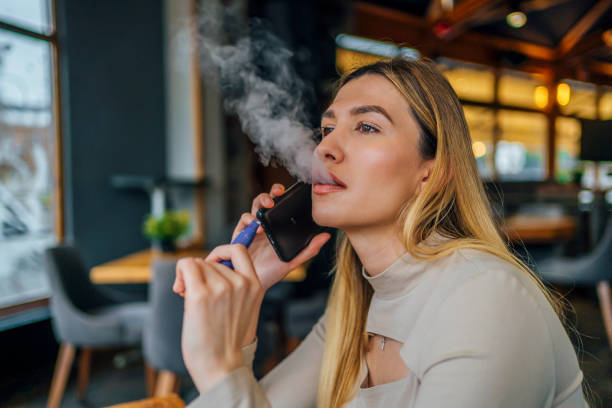LSD has long been one of the most well-known psychedelics, often associated with its profound psychological effects and relatively low physical toxicity. However, because it is illegal in most Buy LSD countries and produced outside regulated systems, genuine LSD is not always what users receive. In recent years, a number of synthetic “research chemicals” have been sold as LSD on blotter paper or in liquid form. Some of these substances carry far greater health risks, making awareness and caution essential for harm reduction.
Common Substitutes for LSD
Several chemical families are known to appear on blotter paper misrepresented as LSD. Some of the most concerning include:
-
NBOMe Series (e.g., 25I-NBOMe, 25C-NBOMe): Potent psychedelics active at microgram levels, like LSD, but far more dangerous. They have been linked to seizures, organ failure, and even fatalities. Unlike LSD, they have very little safety margin, making accidental overdose more likely.
-
DOx Series (e.g., DOB, DOC, DOI): Stimulant-psychedelics with much longer durations (sometimes 16–30 hours). They can cause cardiovascular stress, anxiety, and insomnia, and because they are sometimes sold as LSD, unsuspecting users may take doses too late in the day, leading to exhaustion and panic.
-
Other Novel Compounds: Occasionally, lesser-known or untested synthetic psychedelics may appear on blotters, bringing completely unpredictable risks.
Key Differences Between LSD and Research Chemicals
While research chemicals can look identical to LSD on blotter paper, there are some signs that may help distinguish them:
-
Onset Time: LSD usually takes effect within 30–90 minutes. NBOMe and DOx compounds may take longer to fully manifest.
-
Duration: LSD trips generally last 8–12 hours. DOx compounds can last 16–30 hours, while NBOMes may be shorter but more physically intense.
-
Taste: Genuine LSD blotters are typically tasteless or only slightly bitter. Strong, metallic, or chemical tastes may suggest NBOMe or another adulterant.
-
Physical Side Effects: While LSD can cause mild physical effects (dilated pupils, slight restlessness), intense nausea, muscle tension, or chest tightness may indicate something else.
Why Research Chemicals Are More Dangerous
The primary danger of research chemicals is their unpredictability and toxicity. Unlike LSD, which has decades of documented use and relatively low physiological risk, many of these substitutes are poorly studied. NBOMes, in particular, can cause life-threatening overdoses with only a slight increase in dose. Because blotters may not be accurately dosed, users cannot safely estimate what they are consuming.
Harm Reduction Strategies
-
Test Substances with Reagent Kits: Ehrlich’s reagent can detect indole compounds like LSD, while lack of reaction may suggest an NBOMe or DOx compound. Using multiple reagents increases accuracy.
-
Start Small: Taking a fraction of a blotter first allows time to observe onset and effects.
-
Be Cautious of Unfamiliar Sources: Street markets and unverified online vendors carry the highest risks.
-
Avoid Mixing Substances: Combining unknown psychedelics with alcohol, stimulants, or other drugs can increase harm.
-
Pay Attention to Duration and Physical Effects: If a blotter lasts far longer than expected or causes severe discomfort, it likely is not LSD.
Conclusion
While LSD itself has a relatively safe profile when used responsibly, many substances sold as LSD are not what they claim to be. Research chemicals like NBOMes and DOx compounds can pose serious health risks, making identification and testing critical. For those who choose to explore psychedelics, understanding the differences and practicing harm reduction is essential for avoiding dangerous substitutes.


